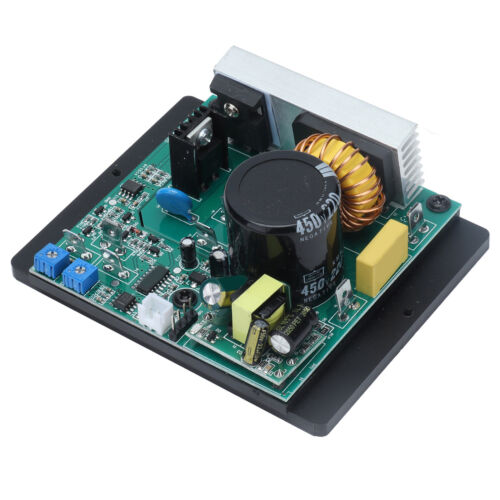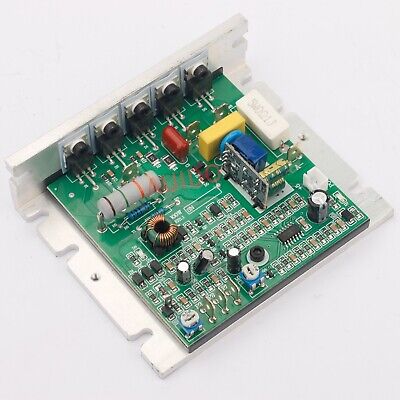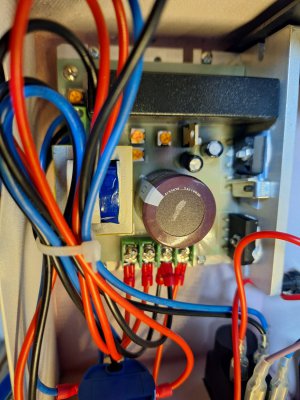- Joined
- Jul 28, 2017
- Messages
- 2,386
Examination of literature for their 7x14 on the Vevor web store shows that the lathe doesn't have a high/low transmission. This suggests that the 500 Watt motor is brushless. My experience with the 500W brushless motor on my mini mill (also sans transmission) has shown that it it has good torque at low RPMs, so it is possible that the controller in your friend's lathe is either defective or is incorrectly adjusted so it can't maintain torque under load.




